Odisha Emerging from the Shadows
With spectacular progress in recent years, ‘India’s best-kept secret’ may be a tagline of the past as the state begins a slow ascent to tourism's top spot.
By Suman Tarafdar
Just a few years ago—even at the start of this decade—Odisha, the largest state by area in eastern India, barely registered on the country’s tourism map. Despite its stunning landscapes, rich cultural heritage, and ancient spiritual sites, Orissa—as it was long known—remained curiously overlooked. Its offerings were significant: the sculptural marvel of Konark, the vast Chilika Lake, the forests of Similipal, and the sacred towns of Bhubaneswar, Cuttack, and Puri, which long attracted pilgrims but have failed to develop the necessary infrastructure to draw aspirational tourists.
Things however have begun to shift. Sustained and strategic efforts by the current and past Odisha government over the better part of two decades are beginning to show results. Stakeholders agree the first real fillip for promoting tourism came from the previous chief minister, Naveen Patnaik, whose notable initiatives included better infrastructure for tourism, promoting ecological and sports tourism, and branding the state as a prime destination for the discerning traveller.
“Odisha has a quiet, understated magic,” says Mrinalika Bhanj Deo, Owner and MD, The Belgadia Palace. Her words echo a growing sentiment among stakeholders. She describes a state whose appeal lies in the authenticity of its experiences—temples, coastlines, tribal heartlands, and forests—each offering a spiritual, soulful, and unhurried journey. “What sets Odisha apart is that much of it remains undiscovered,” she says, “offering travellers the opportunity to engage with culture and nature in an unfiltered, authentic way. For the hospitality sector, this presents an extraordinary opportunity to build a model rooted in sustainability, community, and legacy.”
It’s a view shared by Samit Garg, MD of E-Factor Experiences, which curates the state’s flagship Eco Retreat Odisha event. “Its tourism potential is immense—rooted in a rare blend of ancient heritage, unspoiled natural beauty, tribal culture, and spiritual legacy. Odisha offers layered experiences that can appeal to spiritual seekers, adventure enthusiasts, cultural travellers, and luxury tourists alike.”
The private sector is starting to take notice and stakeholders are interested in the state’s potential. “The hospitality sector is full of promise, especially in a country and state that are developing rapidly,” says Sonal Sahoo, Director and Co-founder, Lyfe Hotels and Resorts. “With growing infrastructure and tourism, there’s a rising need for quality hotels and services—and that’s an exciting opportunity to be part of something that will make an impact.”
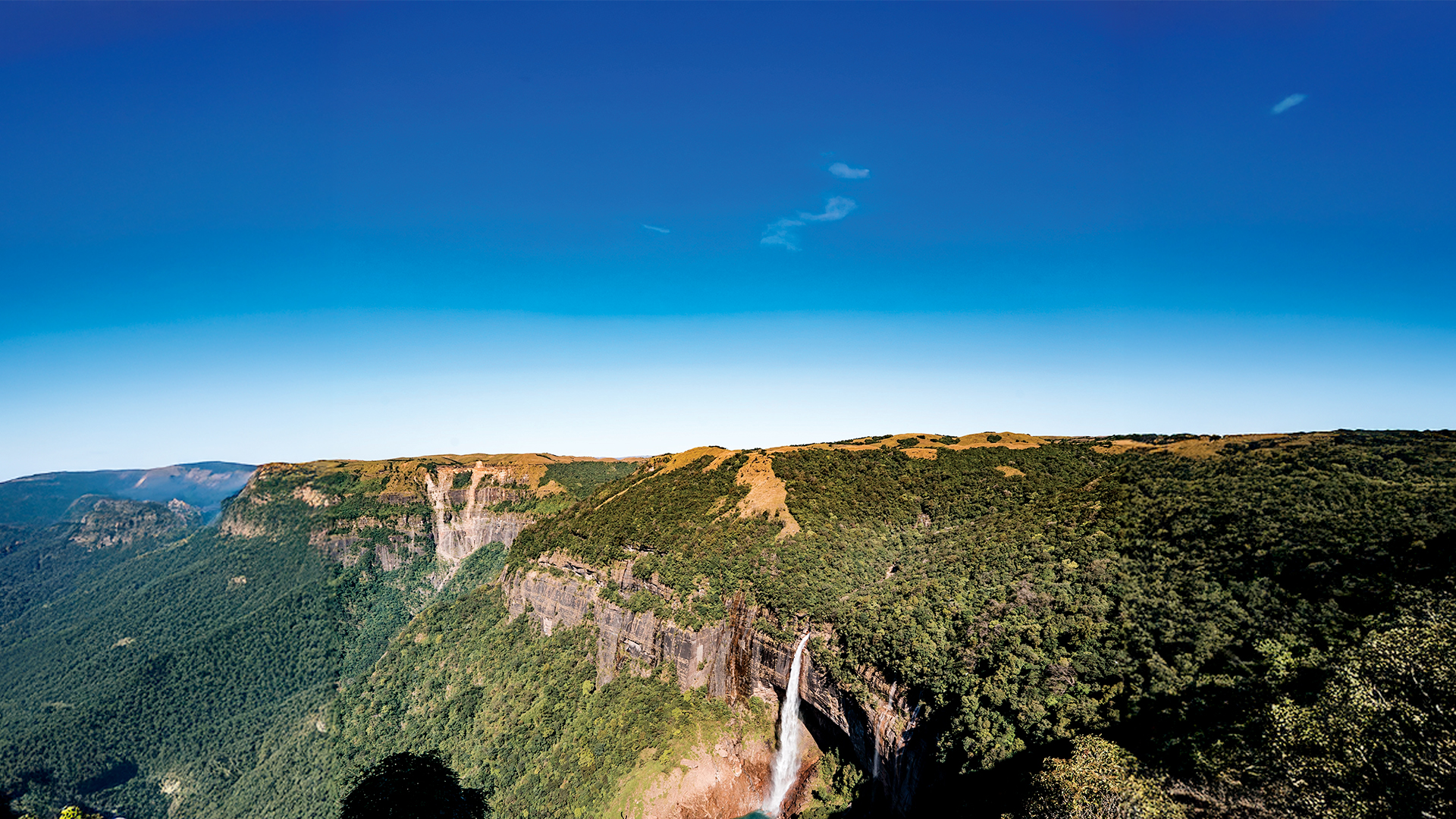
Dense forests, dazzling waterfalls and a hilly terrain along with a diversity of wildlife make Simlipal National Park a top attraction in the state.
A government on a mission
The momentum is now matched by political will. “Odisha will be the number three state in the country in terms of tourism by 2029,” declared Deputy Chief Minister Pravati Parida earlier this year. The ambition is audacious: to leapfrog from the current rank of 17 to 7 by 2025, and eventually into the top three.
That’s a tall order, but the indicators are promising. Olive Ridley turtle conservation efforts have drawn global attention. Infrastructure development is finally keeping pace with ambition. Large-scale events like the Hockey World Cup have helped shift perceptions.
K Mohanchandran, Senior VP, IHCL (Taj Hotels), who heads operations in the east for the group, reflects on the long-standing underestimation of the state. “From a tourism perspective, it has not been on people's minds, except for religious tourism to Puri. It’s only now becoming attractive thanks to the conservation effort to bring more Olive Ridley turtles to the state’s shore, which has been a success story,” he admits.
Odisha has been showing tremendous appetite for growth in the tourism sector over the years, according to Bjorn DeNiese, Managing Director, Mayfair Elixir. “Of course, Mayfair Hotels & Resorts, which has invested in Odisha since 1982, continues to invest strategically to develop its portfolio in the state. With more investments coming into the state, a slew of new hospitality brands are marking their presence, which points to its growing business potential. Proactive and well-synchronised efforts from the government have offered a boost.”
Odisha is slowly stepping out of the shadows and onto the cultural map of India. Bhanj Deo says, “The government’s initiatives to promote eco-retreats, heritage circuits, and tribal tourism have begun to change how people perceive the state—from a place known primarily for religious pilgrimage to one that offers immersive, transformative journeys. There’s still work to be done, but this intentional push is planting the seeds for long-term growth. The development of better road infrastructure, heritage conservation efforts, and international events such as the Hockey World Cup have added momentum. But there is still so much untapped potential—especially in the luxury and experiential segments.”
From heritage retreats to eco-resorts, unique premium properties are coming up across the state, often in partnership with local stakeholders. “The government is pushing its tourism department to explore every avenue to boost hospitality,” says Debjit Singh Deo of Kila Dalijoda, a heritage homestay near Cuttack. Many new eco-resorts have come up all over the state with local partners.”
Garg points to Eco Retreat Odisha as a turning point in how the state is branding itself. “The state’s proactive stance on tourism development, especially under leadership that understands the economic and cultural impact of experiential tourism, is encouraging. It’s a sign of how Odisha is opening up to innovation,” he says. “Initiatives like Eco Retreat Odisha, which we have had the privilege to curate and operate, showcase the government’s openness to innovation in hospitality formats.”
New infrastructure, better air connectivity, and a more globally oriented outreach strategy are all contributing to an upward trajectory.
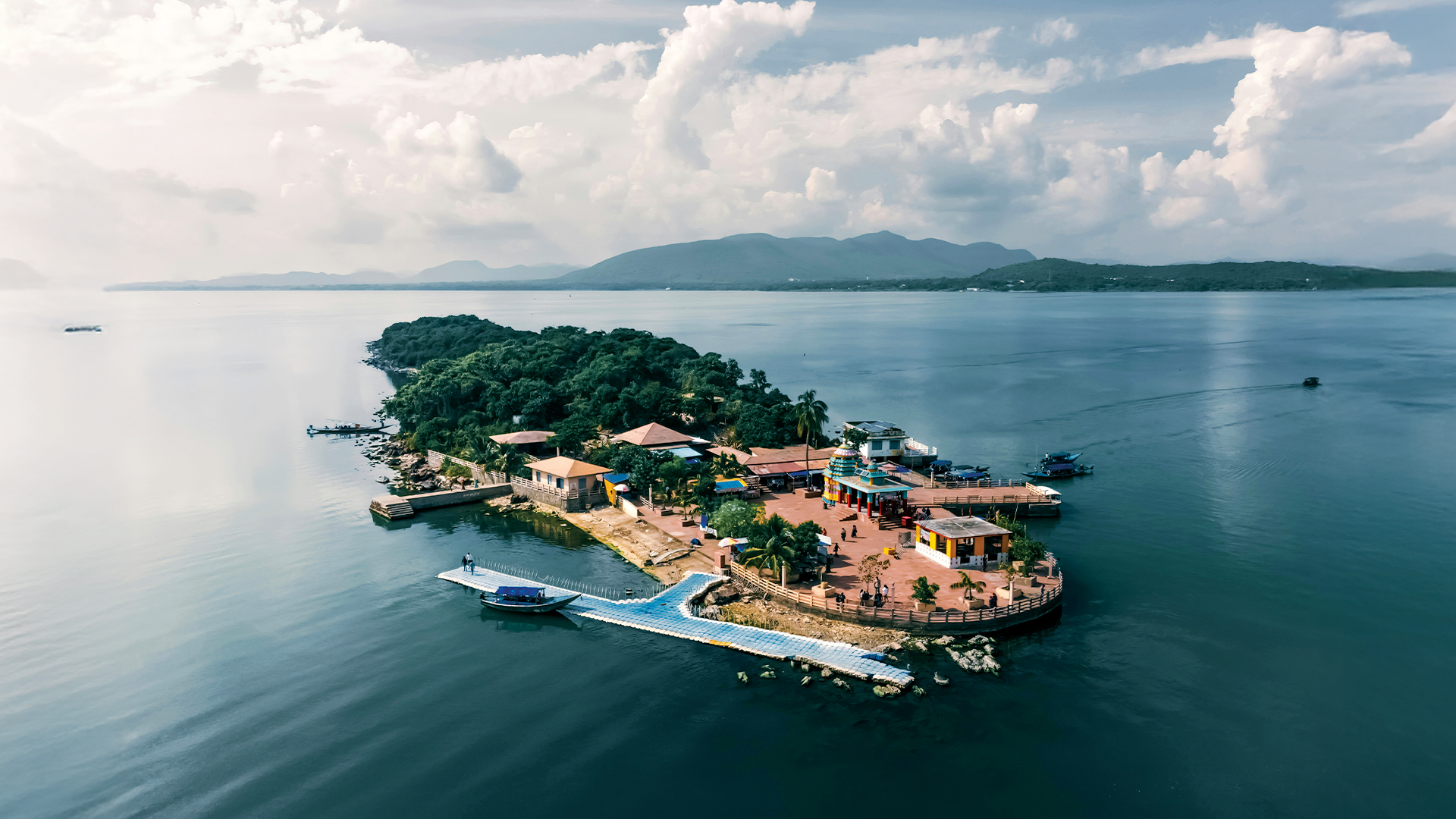
A view of Kalijai temple in Chilika Lake, which, as the second largest coastal lagoon in the world, is host to a range of flora and fauna, including dolphins, turtles and flami.
Odisha will be the number three state in the country in terms of tourism by 2029.
Pravati Parida
Deputy Chief Minister, Odisha

Building hospitality from the ground up
The current travel trends reveal that the state’s key hospitality hubs remain Bhubaneswar and Cuttack, while Puri and Konark anchor the coastal belt. “We’re also watching developments in Rourkela, and there’s growing interest in interior districts such as Mayurbhanj, Keonjhar, and Koraput from the industry,” says Mohanchandran. “The state has been encouraging investments in these areas. Eventually, these could all become centres for good quality mid-scale to upscale hotels.”
Lyfe Hotels sees potential beyond the established circuits. “We’re focused on our differentiation—local ties, personalised service, and innovative experiences,” says Sahoo. She recognises the challenges of competing with legacy brands but believes the space is ripe for fresh ideas. “It’s about building a strong foundation, even in a crowded market.”
As hospitality standards continue to evolve globally, there is an increasing expectation for consistency in service and offerings across destinations. Odisha, too, is feeling the ripple effects of this shift. The demand for luxury hotels is growing, with several five-star properties under development across the state. Among the frontrunners is Mayfair, which has emerged as a leader in the resort space, particularly for hosting high-profile events such as weddings.
The situation is steadily evolving, bringing Odisha closer to states that lead in luxury hospitality standards. “I think for the longest time, there were limited hotel brands offering hospitality in the luxury segment,” says DeNiese. “Today, we have seen many brands come up, and also several local newer brands that add to the vibrant offering of the state. When all the brands collectively and strategically work together to attract a bigger share of leisure travellers to the state, it will be for the long run. I have always believed that for states intending to bring in lots of leisure tourism, a good bank of events—such as large-scale conferences, weddings, and such others—give first-timers a chance to experience the massive transformation this once-backward state has undergone.”
Mayfair, for its part, continues to invest heavily in Odisha. “We have the upcoming Mayfair Sanctuary—a large-format, 300-room hotel that will have extensive banqueting and conferencing facilities. This will certainly help in cementing the brand’s authority in the state for a while,” DeNiese shares. “In Odisha, we are also doing another project near Puri, which will begin operations by the year-end, comprising over 100 rooms.”
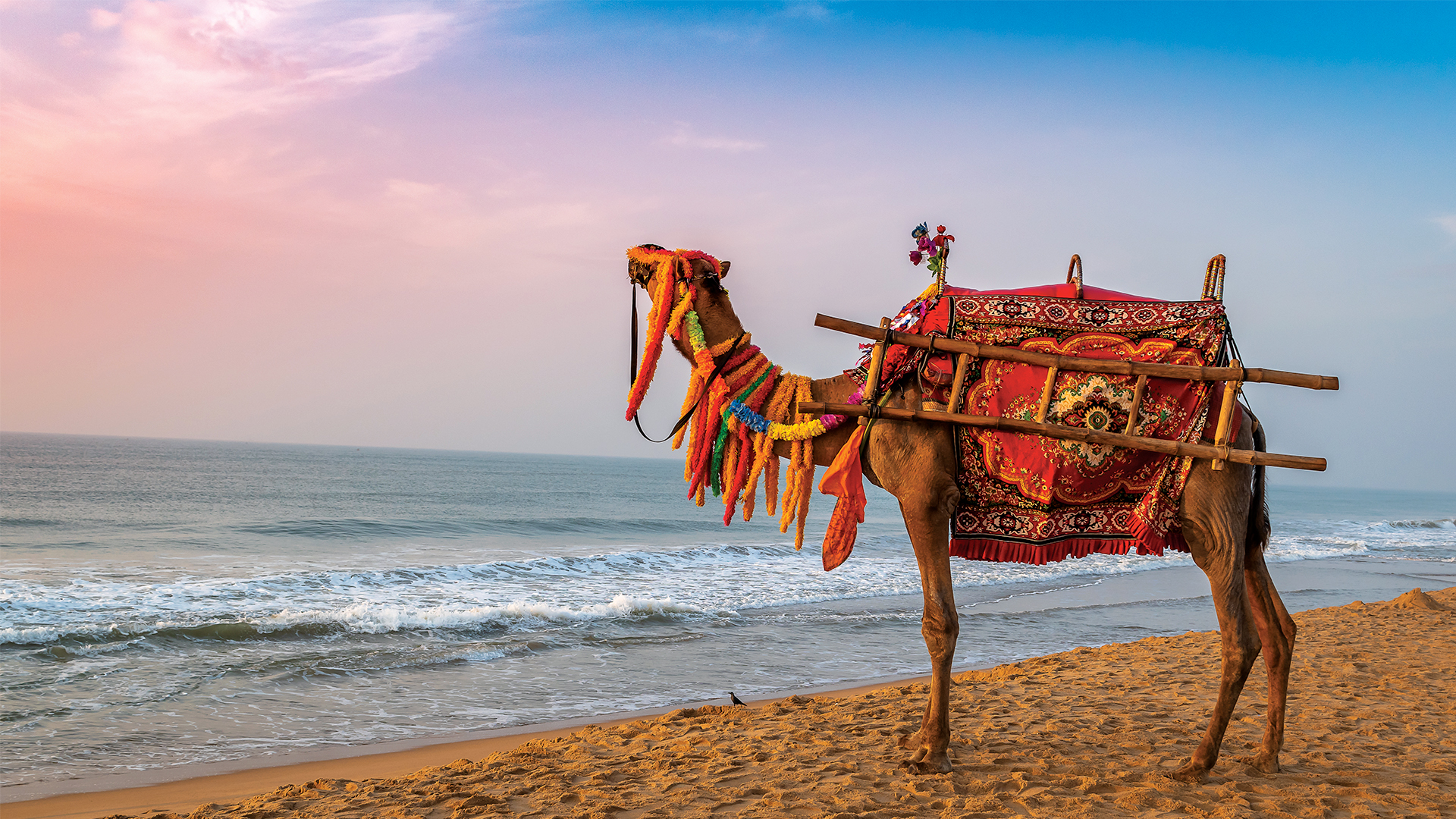
Odisha’s beaches are increasingly becoming more popular with the premium traveller.
Today, we have seen many brands come up, and also several local newer brands that add to the vibrant offering of the state. When all the brands collectively and strategically work together to attract a bigger share of leisure travellers to the state, it will be for the long run.
Bjorn DeNiese
Managing Director, Mayfair Elixir

Persisting challenges
The main challenge for the growing market, says Singh Deo, lies in the availability of quality hotels and homestays. “We also need more professional or trained manpower,” he points out. “Besides, the local tourism department has been slow in promoting the state internationally. Odisha needs more promotion. The government should promote more tourism-friendly policies to its people and encourage private entrepreneurs to come forward.” Traditionally known for its iconic destinations such as Puri, Konark, and Chilika—the golden triangle—Odisha has seen most branded hotels concentrated in these areas. “However,” he adds, “smaller boutique hotels have come up to fill in the gap.”
The challenges of perception persist. Odisha, like Gujarat and Madhya Pradesh, suffers from low recall outside its region. Most of its volume still comes from religious tourism. “The biggest feeder market is West Bengal,” says DeNiese. “There is also a significant number of arrivals from the NCR region.”
Trained manpower remain a significant bottleneck for the state. Singh Deo admits there’s a shortage of skilled professionals, particularly in rural areas. “We need more tourism-friendly policies, better international marketing, and incentives for private entrepreneurs,” he says.
Despite considerable steps by the state government in recent years, Odisha is still not a top-of-mind holiday destination for the average Indian tourist outside the eastern region. Odisha's share of national tourists hovers around the one per cent mark, according to data from the department of tourism, Govt. of Odisha.
“There’s untapped potential,” agrees Bhanj Deo. “But we need more than just hotels. We need ecosystems—training, infrastructure, and policy support.” Sahoo recalls the challenges of opening Lyfe’s first hotel two years ago. “Every aspect—from design to operations—demanded painstaking attention. The hardest part was standing out. Competing with global brands means constantly innovating while building a team that shares your vision.”
Still, Lyfe has ambitious plans. “We’re developing properties in Odisha, Kerala, and West Bengal. Our investments aim to contribute to both local economies and infrastructure,” says Sahoo, who is confident about growing the Lfye brand in the state. “Competition is part of any growing sector, and Odisha is no exception. Competing with big names like Taj and Radisson means we have to work harder to make ourselves visible. Our approach is to focus on what makes us unique—be it personalised service, local connections, or innovative guest experiences. Recruiting and training the right talent is also a priority for us. It’s about building a foundation that can stand strong even in a crowded market.”
Mayfair, too, is doubling down with Mayfair Sanctuary and the Puri property. DeNiese notes the demand for world-class experiences is now everywhere. “Luxury is no longer a metropolitan expectation alone. With the rise of high-end weddings, conferences, and leisure travel, Odisha must keep pace—not just with infrastructure but with service standards and talent pipelines.”
Technology, too, will play a key role. “We must embrace automation and digital tools to stay competitive,” DeNiese continues. “The bar has been raised.”
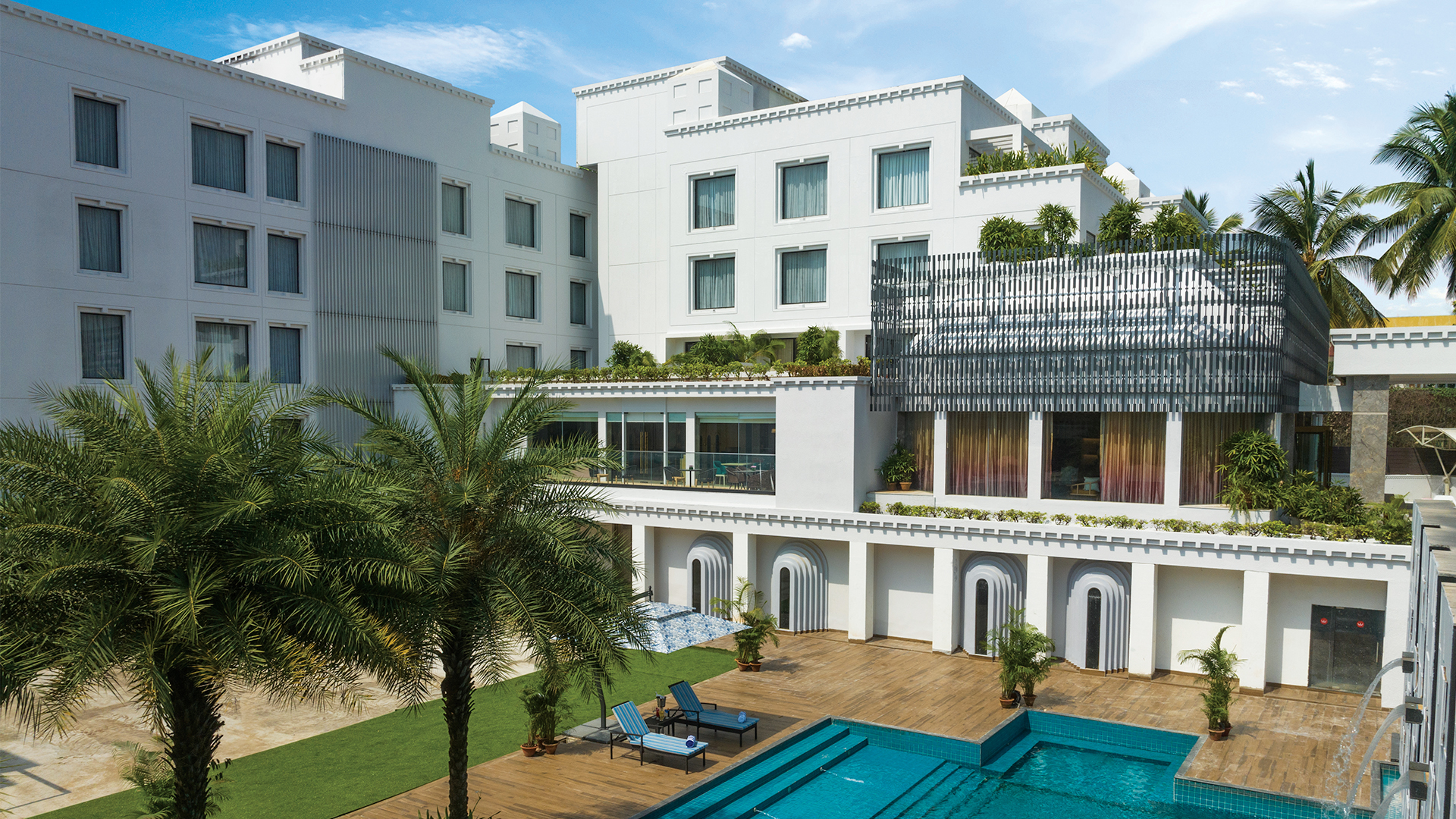
Kila Dalijoda near Cuttack is a nearly century old mansion that has been meticulously restored.
We’re developing properties in Odisha, Kerala, and West Bengal. Our approach is to focus on what makes us unique—be it personalised service, local connections, or innovative guest experiences. Recruiting and training the right talent is also a priority for us. It’s about building a foundation that can stand strong even in a crowded market.
Sonal Sahoo
Director and Co-founder, Lyfe Hotels and Resorts

Odisha at a tipping point
Various segments have received focused attention. Adventure tourism, with its vast potential, is clearly on the government’s agenda. “Odisha stands as the premier destination for adventure sports, offering an array of breathtaking locations including beaches, dense forests, hills and more,” Parida had said earlier. “We are laying the foundation for the state’s tourism growth over the next 50 years, ensuring it remains a top destination for adventure and exploration.” The Odisha government is also set to roll out a policy aimed at positioning the state as a leading wedding destination in India.
Mohanchandran acknowledges the potential is real but early. “Our new Taj hotel in Puri performed strongly last winter. Investment is flowing, and the government understands this sector’s role in job creation.”
With strategic branding, stakeholder alignment, and thoughtful infrastructure, Odisha could become one of India’s most compelling tourism success stories. “This is the moment,” says Garg. “If we get it right, Odisha can capture global attention—not just as a spiritual retreat or an eco-haven, but as a world-class destination in its own right.”
It’s a vision shared by hoteliers, policymakers, and local communities alike—each working, in their way, to bring Odisha out of the shadows and into the spotlight.
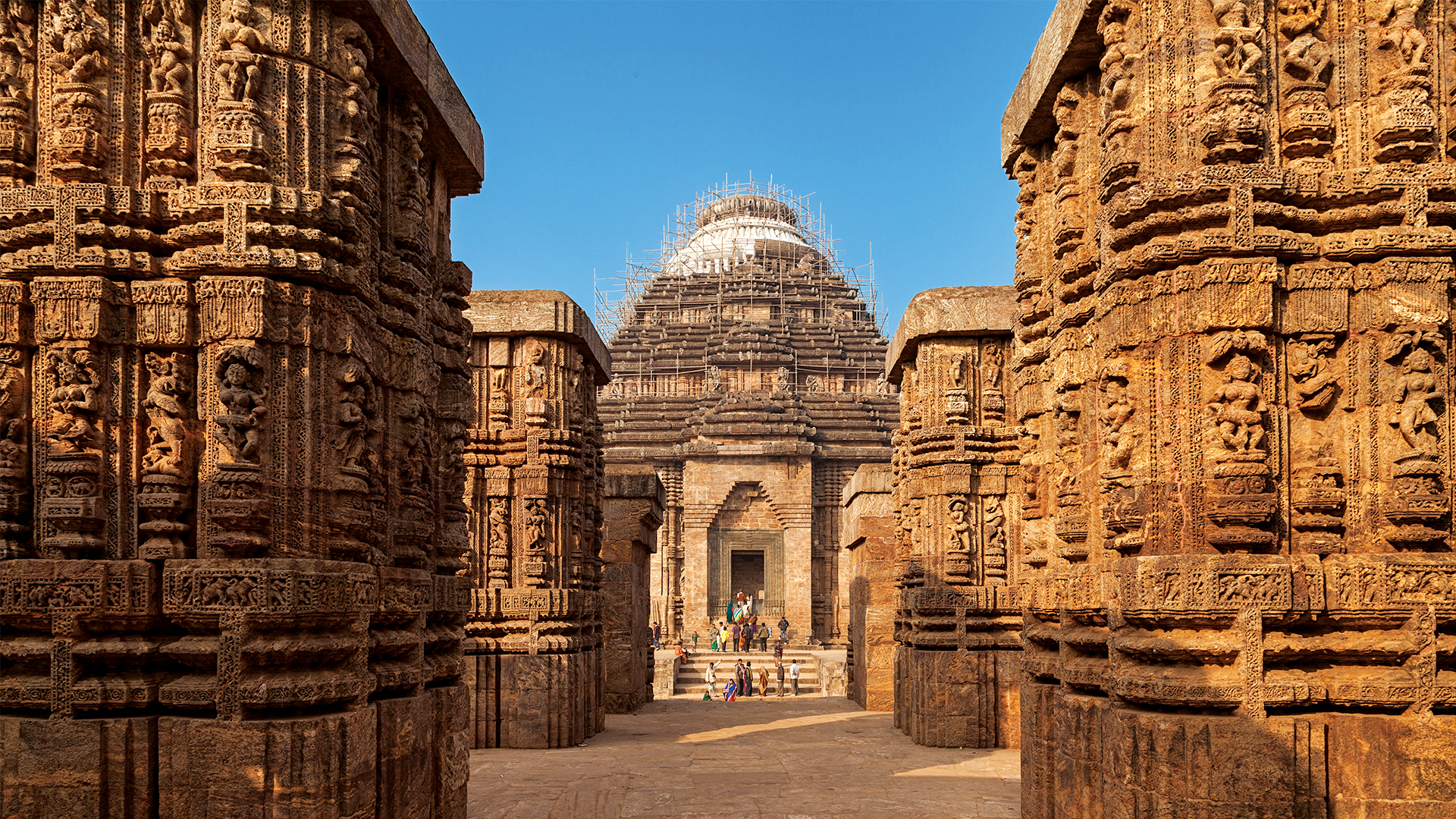
Despite considerable damage, the 13th century Konark Temple remains one of the most majestic temples ever built, globally.


























